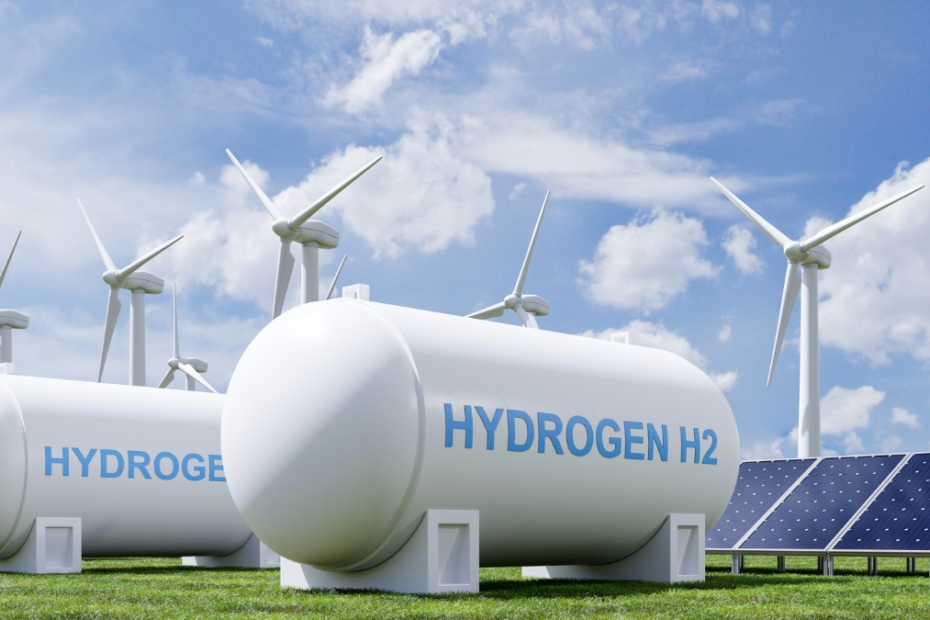South Africa’s green hydrogen corridor, Project Rhynbow, has been shortlisted for Just Energy Transition (JET) funding. This was announced during the Platinum Group Metals (PGM) Industry Day on Thursday.
The project is a collaboration between Anglo American Platinum, Bambili Energy, Sasol, and Total Energies. Accenture is the secretariat.
It aims to build a hydrogen economy for mobility and stationary energy use. The funding will support infrastructure like green hydrogen refuelling stations for hydrogen-powered vehicles.
Vehicles Expected in 18 to 24 Months
The timeline for vehicles to hit the road is 18 to 24 months after project funding. “It’s a great achievement for us as South Africa, to be able to get to this point. The best achievement will be when tyres hit the road,” she added.
The panel was chaired by mining expert Bernard Swanepoel. PwC Africa’s Andries Rossouw led the panel discussion. Other panelists included Edward Sterck, Dominik Sperzel, Tim Schlick, Dmitry Izotov, and Smith.
Smith explained that refuelling stations will grow as demand along the corridor increases. The project includes fuel cell electric and dual fuel vehicles, which both need hydrogen stations. It allows for scaling up infrastructure as more vehicles get on the road.
Project Rhynbow is part of the Hydrogen Valley Project. It was declared a Strategic Integrated Project (SIP) in October 2023. It is now going through a due diligence process for JET funding.
“The focus is on having infrastructure that is sufficient for the number of vehicles needed on the road,” said Smith. “For what we refer to as milk runs, for example,” she added.
Also Read: ACWA Power and SEFE to Supply Green Hydrogen to Europe
Delays, Challenges and Global Hydrogen Needs
“One of the things that could change is the pace at which the hydrogen economy takes off,” said Smith. “Clearly, that’s been slower than we have been anticipating, and it’s probably just worth considering why.”
Sterck added, “I think the main thing comes down to putting the horse in front of the cart. That is the production of green hydrogen at scale, at a low enough levelised cost of hydrogen. With the infrastructure in place to distribute that hydrogen and get it to end-users,” he added.
“That requires big subsidies. Now we’ve known about those numbers for a while, but the pace at which those subsidies have flowed has been much slower than we had anticipated, and they are beginning to come now,” Sterck said
Heraeus’s Dominik Sperzel said Germany is working on transporting hydrogen using green ammonia.
“I can say this as a German, we’re a big energy importing country ultimately, and the hydrogen has to come to Germany somehow. And Japan, Korea, these countries have similar problems that we do have,” Sperzel added.
“We have done a nice paper on ruthenium use in hydrogen transportation, in particular. It’s not consuming a lot of ounces at the moment, but we believe ruthenium has a bright future,” he added.
Dmitry Izotov of Nornickel spoke about palladium innovation.
“Our approach is to become a technological partner for PGM product producers. We make the prototypes and then arrange wide industrial testing among the end-users. We collect the feedback, improve the product, and then provide licences to the producers of the PGM materials,” Izotov explained.

